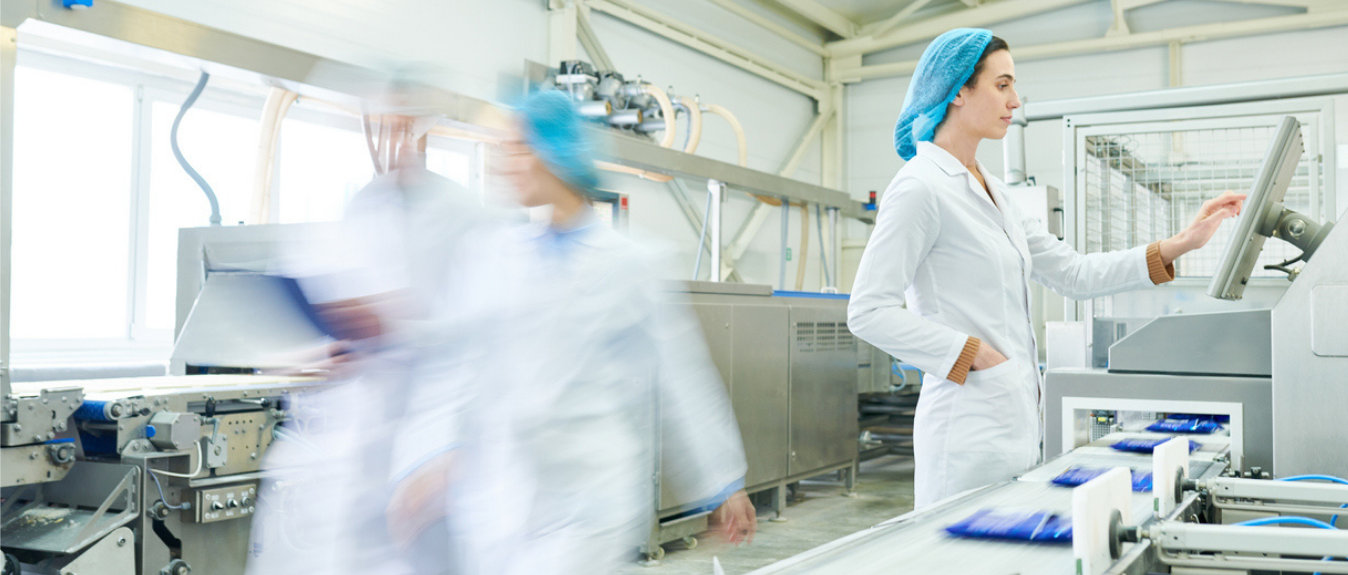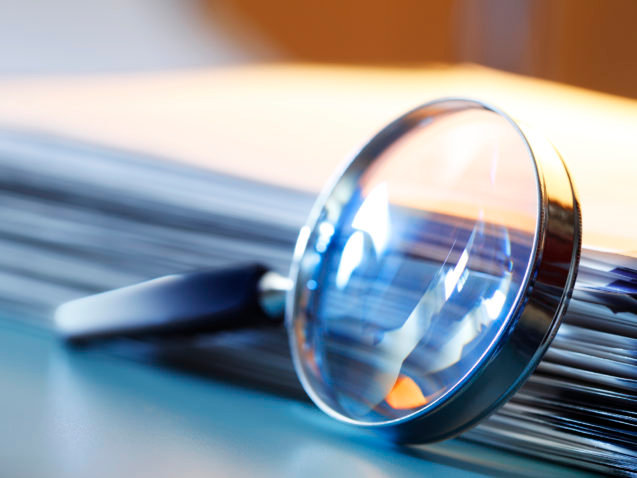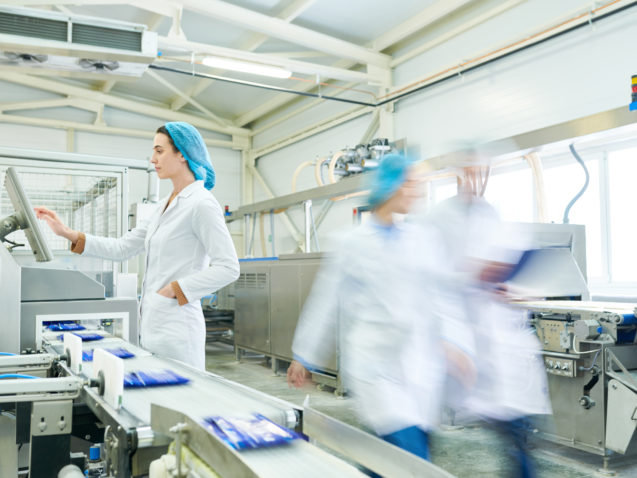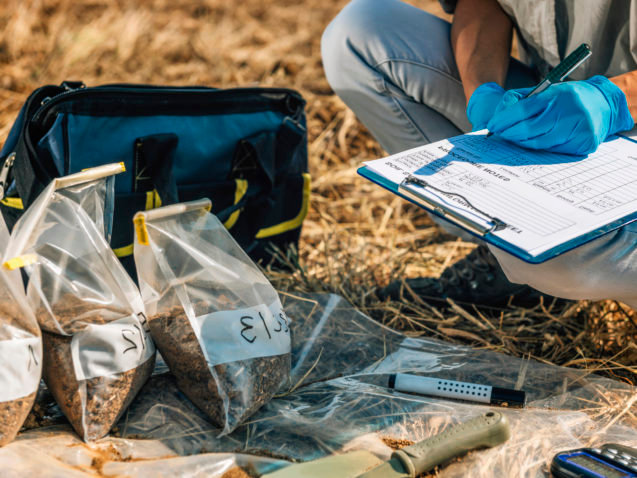Safe food is not just critical for public health, but also vital for food security, economic development and trade.
In the EU food safety is guaranteed thanks to a wide range of regulatory and self-regulatory measures covering the entire food chain, from production, to processing, transport, import and export and retail sales.
And for the food and drink industry, it almost goes without saying that food safety is our non-negotiable responsibility and number-one priority.
Preventing food contamination
Food safety cannot be taken for granted. According to the World Health Organisation 600 million people fall ill and 420,000 die globally every year after eating contaminated food.
In the EU, the food safety legislation sets key obligations for food business operators. Preventive controls can address most of food safety problems and systems like HACCP are in place to identify, evaluate and control hazards which are significant for food safety.
Given that contamination of food can occur at any stage of the food production, collaboration along the supply chain essential. It mustn’t be forgotten that as consumers, we are the last link in the chain, and we have an important role to ensure the food we eat is safe by following basic hygiene and safety practices.
Ensuring safety of food products
The food and drink industry has extensive procedures in place to ensure our products meet the highest standards of safety, including legal requirements. Science-based regulation has an important role to play in helping the food industry meet global and societal challenges by developing new or improving existing products and technologies.
As science is evolving, food and drink companies are also constantly revising and optimising practices to ensure food safety and we develop guidance documents to help individual manufacturers reduce preventable contamination of foodstuffs. For example:
- Acrylamide is an undesirable by-product formed in certain foods during heating. In 2019 FoodDrinkEurope published the latest edition of its Acrylamide Toolbox which reflects more than 15 years of cooperation to investigate the formation of acrylamide and steps to reduce exposure.
- Mineral oil hydrocarbons are another example of undesired substances that can be present in food. Our FoodDrinkEurope toolbox on the topic provides individual manufacturers with practical support.
Read about permalinks(opens in a new tab)
Meeting consumer expectations is central to any food and drink company and the industry is constantly innovating to make products that can meet demands not just around safety, but also for nutrition, taste, texture and convenience. For example, food additives can be added to preserve or sweeten a food, while vitamins and minerals can be added to improve the nutrient content. In all cases, the EU has strict regulations in place to ensure they do not pose any health risk.
A safety message for policy makers
Last month, the European Commission published its Farm to Fork Strategy which we see as a positive step towards a common EU food policy.
To ensure food safety, food security and sustainability are not compromised by certain proposals and targets we are calling for a structured dialogue with stakeholders alongside systematic impact assessments to mitigate unintended consequences.
For example, while we support the need to reduce excess packaging, this must be contingent on an impact assessment to maintain Europe’s continued high food safety standards, as well as to avoiding any increase in food waste.
We also need to consider food safety in the future. For example, climate change is associated with altering geographic occurrence and prevalence of food safety hazards and new consumer trends can lead to increased food safety risks.
Whatever the future holds, the food and drink industry is committed to work together with all stakeholders to maintain Europe’s global reputation as the gold standard for food safety.
Read more on food safety in these excellent articles:
How food safety is ensured in global trade? Learn more on the ‘food code’ that boosts trade and benefits consumers in this article by Angeliki Vlachou
What are the current research trends around food safety? Learn more in this interview with ETP ‘Food for Life’ expert Tim Hogg.







